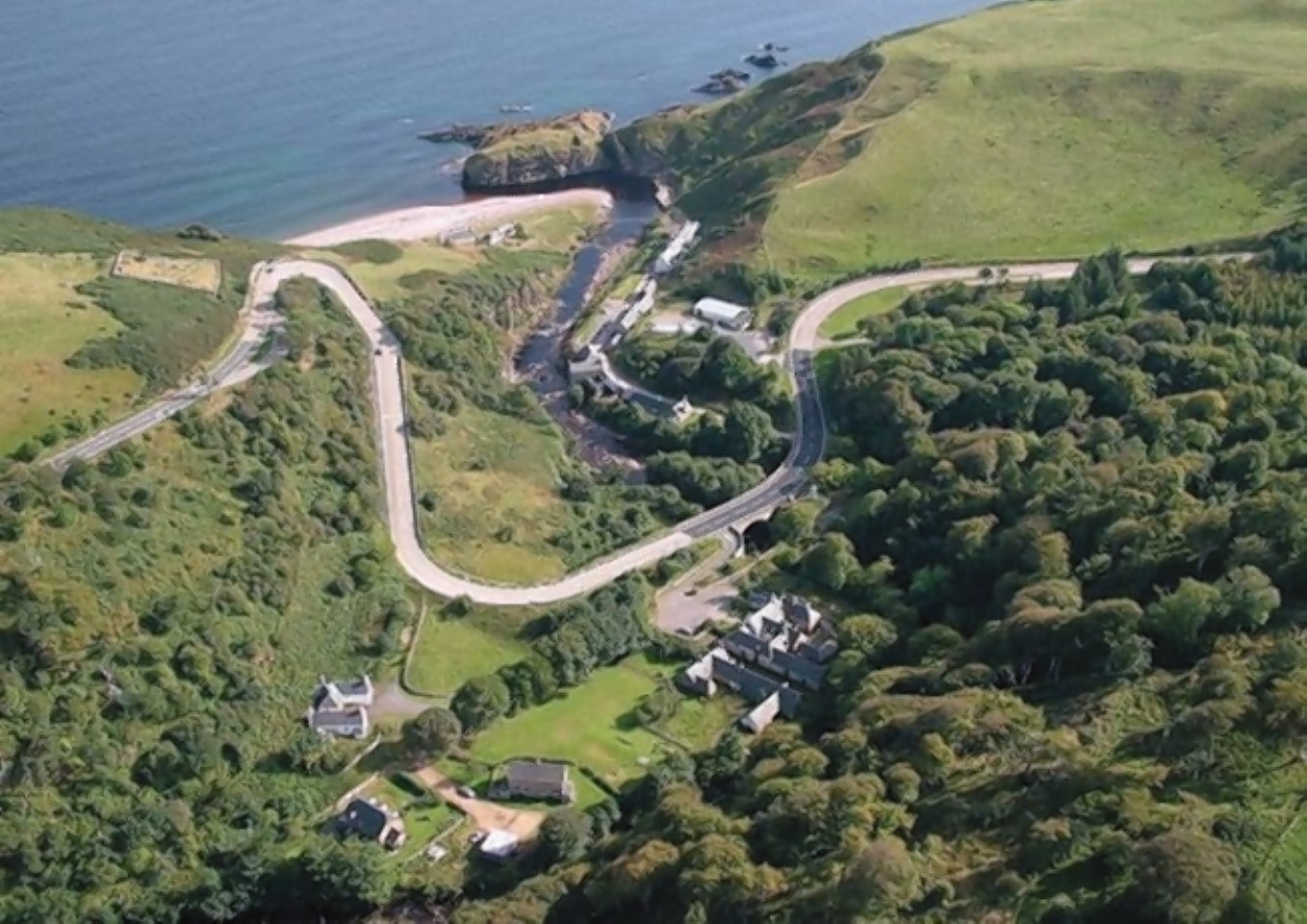A north man objected to plans to improve a notorious hairpin on the A9 because he needs a private access road to transport heavy goods to his home so that he can “live like anyone else.”
Tom Johnston told a public inquiry into the Scottish Government’s proposed Berriedale Braes improvement scheme that his only alternative access – a swinging footbridge – is inadequate.
The 50-year-old and his wife, Wilhelmina, own The Haven, a house on the shore at Berriedale which takes access from a private road which joins the trunk road next to the bend. The couple are opposing compulsory purchase orders which are needed to ensure the land is in the government’s ownership.
Yesterday Mr Johnston claimed he would only ever use a fully taxed and licensed quad bike to transport furniture and concrete along the track, as part of a future plans to renovate the property.
Inverness-based Mr Johnston, who plans to retire to The Haven, added: “I want to maintain access rights so I can live in a property like anyone else can.
“The footbridge was only ever for limited use and I would not recommend crossing with a wheelbarrow because you would end up tipping things out. When I first moved there I tried to take a three-piece suite across the bridge but had to give up. I nearly lost it in the river and had to take it down the access road.
“I am not interested in any compensation because that will still not get my furniture down the slope or allow me to live in the house.”
Mr Johnston also claimed that Transport Scotland engineers made “no attempt” to consult him over the plans before a draft order was made to stop the access, adding that this had cost him and the taxpayer “totally unnecessary” expense and was “totally unreasonable” of the roads authority.
But while giving evidence on Tuesday, Andrew Anderson, design stage project manager, said it was impractical to talk to all individuals concerned and that it would not have changed the outcome.
Mr Anderson also highlighted saftey risks with the access road including that it has a gradient of 42% where it joins the A9, a poor quality surface and restricted visibility from the junction due to a retaining wall.
Yesterday Mr Johnston read out details of his alternative “cost-neutral” solution to a stopping up order. He suggested that soil could be excavated and used to reduce the gradient at the meeting of the track with the A9 to 4%, as well as create a “hammerhead” access area for a vehicle to park by the track.
Douglas Milne, the solicitor representing Transport Scotland at the inquiry, said that having a friend stationed on the main road to shout down to another to stop for traffic, was a “preposterous” suggestion.
The rest of Mr Milne’s cross-examination will be heard today.
